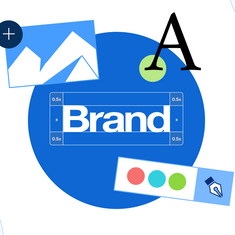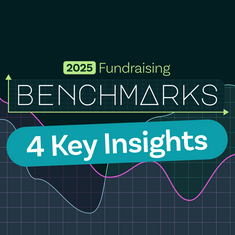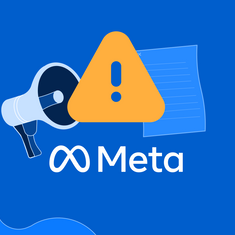
Google processes an estimated 8.5 billion searches every day. This enormous search volume creates an incredible opportunity for your nonprofit to connect with potential donors, volunteers, and supporters by meeting them where they likely are: on search.
Whether you're raising awareness for your cause, requesting donations, or attracting volunteers, a strong search presence is essential. Without it, your organisation risks being invisible in a noisy digital space.
This is where search engine optimisation (SEO) and Google Ads come in. They’re both essential for improving search rankings, ensuring your website can be easily found by those who matter most to your mission. While each has its own best practices, they can complement one another when used strategically. Let’s explore how you can leverage nonprofit SEO and Google Ads together to advance your mission.
What Is SEO?
Search engine optimisation is the process of improving key elements on a website to improve its visibility in organic (non-paid) search results on search engines like Google. Getting Attention's guide to SEO for nonprofits highlights several elements that Google uses to determine your site’s positioning for different keywords.
Some on-site elements include:
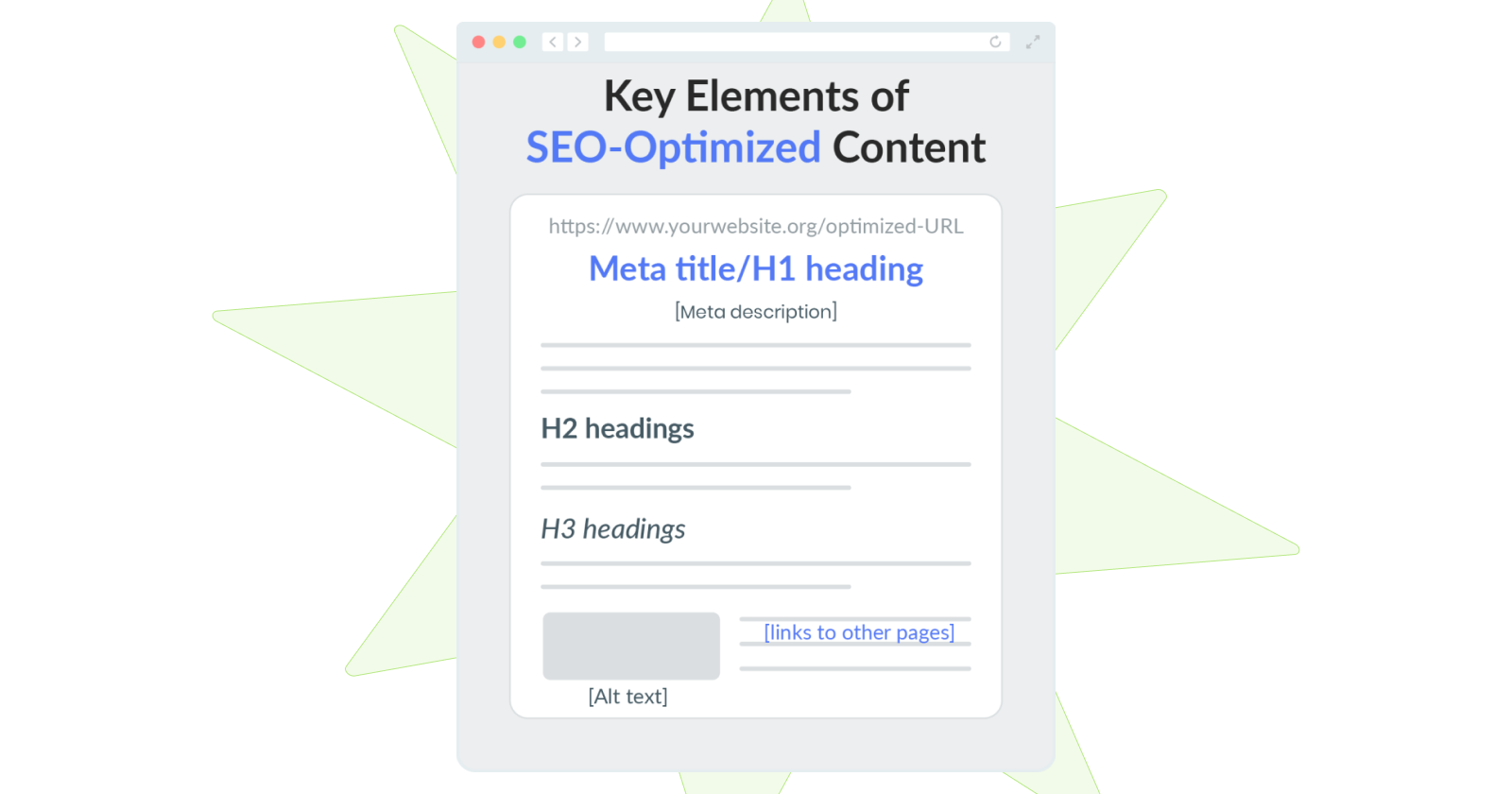
- Title tags: The title of a web page, which is displayed on search engine results pages (SERPs) as the clickable headline
- Meta descriptions: Brief summaries of a web page that appear on the SERP to encourage clicks
- Header tags (H1, H2, H3, etc.): HTML elements that define headings and subheadings, helping to organise your content
- URL structure: The format and organisation of a website's URLs, which should be clear, concise, and descriptive
- Keywords: Terms your content is designed to target that are strategically placed throughout headings, copy, and image alt text
- Content quality: The relevance, originality, and usefulness of your content
- Linking: The practice of connecting one webpage to another, either within the same website (internal links) or to external websites (external links) to signal relevant and important content.
- Images: Visual elements like photos, graphics, and videos embedded in a webpage, which should have proper file sizes, keyword-optimised file names, and descriptive alt text
Off-site elements are the actions taken outside your website to indicate your content’s authority, trustworthiness, and relevance. Some factors include online reviews and off-site links that refer to your content.
When designing your nonprofit’s website, consider these SEO elements to improve your organic rankings. Your website builder will be instrumental in this process. Some platforms, like Raisely, even come equipped with SEO-friendly templates you can customise with your nonprofit’s branding.
Why SEO Matters for Nonprofits?
- Cost-Effective Marketing: SEO is a long-term strategy that doesn’t require continuous investment. When routinely optimised, your nonprofit can maintain good search rankings and attract organic traffic without ongoing costs.
- Building Credibility and Trust: Ranking higher on search engines can boost your nonprofit's credibility. Users tend to trust websites that appear at the top of search results, leading to increased donations and volunteer sign-ups.
- Improved User Experience: SEO involves optimising website speed, mobile responsiveness, and content structure—all of which contribute to a better user experience.
What Are Google Ads?
Google Ads is a paid advertising platform where organisations can bid on keywords to have their ads appear at the top of SERPs. Unlike SEO, which relies on organic ranking, Google Ads allows organisations to pay for immediate visibility. This is especially useful for targeting specific keywords that may be difficult to rank for through SEO alone.
When using Google Ads, you’re essentially buying space on the SERP for mission-related terms. Here is an ad by the World Wildlife Fund that targets the keyword “save elephants:”
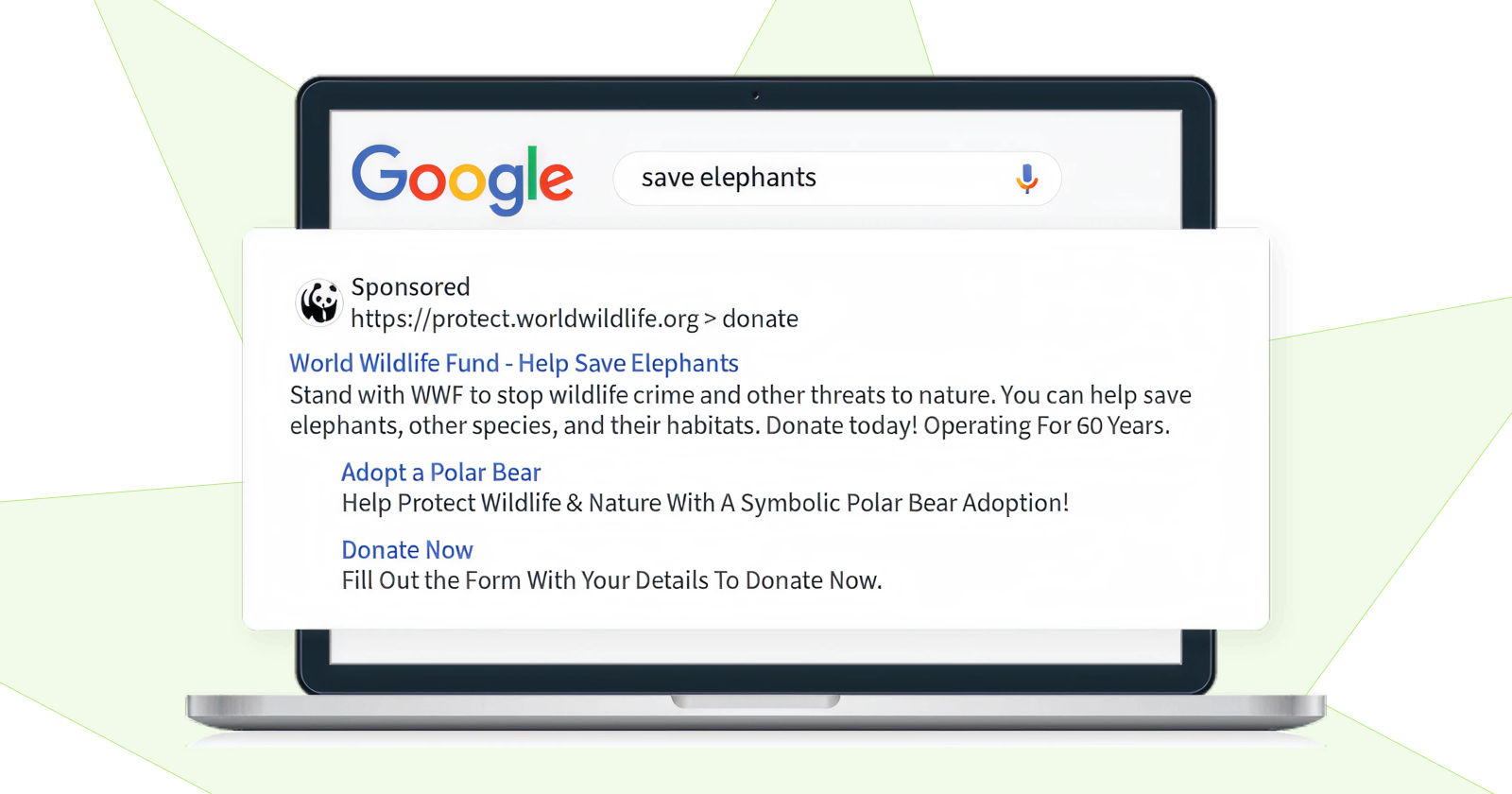
With tools like geo-targeting and demographic targeting, you can reach your intended audience more precisely. Plus, you can access free ad credits if you’re registered with Google for Nonprofits.
How Does Google Ads Benefit Nonprofits?
- Immediate Visibility in Search Results: Google Ads place your nonprofit at the top of search results almost instantly. This makes Google Ads the better choice for promoting time-sensitive projects and upcoming events.
- Precise Targeting: Google Ads allows you to target users based on specific factors such as location, device, language, and interests. This means you can tailor your ads to reach the most relevant audience, whether they’re searching for volunteer opportunities or looking to donate.
- Google Ad Grants: Nonprofits can apply for the Google Ad Grants program, which provides up to $10,000 in free ad credits each month. As long as you meet the eligibility and website requirements, you’ll have an incredible opportunity to gain visibility without spending a dime on ads.
Why SEO and Google Ads Work Well Together
While SEO and Google Ads serve slightly different purposes, they complement each other in an effective nonprofit marketing strategy. SEO focuses on long-term, sustainable growth through organic rankings, while Google Ads provides quick visibility and advanced targeting tools for driving traffic. When used together, they create a comprehensive strategy that serves immediate and long-term goals.
To maximise their effectiveness, avoid targeting the exact same keywords for both SEO and Google Ads. Instead, focus on long-tail keywords for SEO, which are often less competitive and can build sustainable organic traffic over time. For Google Ads, prioritise transactional keywords that deliver quick results and drive immediate action.
Moreover, Google Ads provides valuable data on which keywords drive the most conversions, which you can use to refine your SEO strategy. On the flip side, good SEO practices ensure your landing pages that receive traffic from Google Ads are designed to convert visitors.
Best Practices for SEO and Google Ads for Nonprofits
Leveraging both SEO and Google Ads can significantly improve your nonprofit’s digital presence. By following these best practices, you can create strategies that maximise your visibility on search engines, boost site traffic, and drive conversions — all while remaining within your budget.
Tips for Nonprofit SEO
- Conduct keyword research. Use tools like Google Keyword Planner or Moz to find relevant keywords. Target both broad and specific terms related to your nonprofit’s mission, and analyse the SERP for each one to determine what type of content to create.
- Create valuable content. Write blog posts, success stories, or educational guides that provide useful information for your audience. Focus on quality over quantity.
- Ensure your content is mobile-friendly. Google prioritises mobile-optimised sites in its rankings, so use a website builder that offers mobile-responsive templates to resise your content automatically. Also, avoid popups and large chunks of text.
- Reduce page load time. Speed up load time by compressing images, using modern image formats like SVG or WebP files, leveraging browser caching, and limiting the number of URL redirects. Quick load speeds will also improve the mobile experience!
- Improve your on-page SEO elements. Add keywords to title tags, meta descriptions, image alt text, and headings to tell search engines and users what your pages are about.
- Build backlinks. Seek opportunities to get backlinks from local organisations, influencers, or media outlets to improve your website’s authority. For example, you might guest post on well-known blogs within your cause area and link to your SEO content to position your organisation as a subject matter expert.
Tips for Nonprofit Google Ads
- Set clear goals. Are you looking to increase donations, attract volunteers, or promote events? Clear goals help you structure your campaigns effectively and determine the best metrics to track.
- Craft clear, engaging ads. Write compelling ad copy with a clear call to action (e.g., “Donate Now” or “Join Our Volunteer Program”). Make your message resonate by focusing on your unique value proposition. Use ad assets (e.g., sitelinks, callouts) to provide additional information and engagement opportunities.
- Choose an optimised landing page. Direct ads to relevant landing pages that serve your goals, such as a donation form for fundraising ads. Landing pages should reinforce the ad’s messaging and offer a seamless user experience.
- Apply for the Google Ad Grant. Nonprofits Source's Google Ad Grant application guide explains that you need a valid charity status and a high-quality website to be eligible. Certain types of nonprofits, such as hospitals and universities, are automatically ineligible. The grant makes Google Ads less costly than other platforms that don’t offer discounts to nonprofits, like Meta Ads.
- A/B test your ads. Google offers responsive search ads (RSAs) that simplify this process. You can enter up to 15 headlines and four descriptions for each ad. Then, Google will test different combinations to determine which performs best.
- Monitor your campaigns. Google Ads isn’t a set-it-and-forget-it tool. Use Google Analytics to regularly assess key performance metrics, such as click-through rates (CTR), conversions, and cost per conversion. If something isn’t working, adjust your keywords, bidding strategy, or ad copy.
Start Building Your Digital Presence
Now that you understand the importance of SEO and Google Ads, it's time to take action. Start by evaluating your website’s SEO performance and Google Ads campaigns (if you’ve run any) and set goals for each one to guide your strategy. If eligible, apply for the Google Ad Grant to reduce expenses.
Above all, remember that SEO and Google Ads require ongoing optimisation. Regular updates and testing are essential to keep your organisation competitive on all aspects of SERPs. With the right approach, your nonprofit can expand its online reach and make a greater impact.
👉 Want help optimising your campaign’s visibility?
Check out our SEO Tips for Raisely Campaigns and Google Analytics integration guide to get step-by-step instructions on how to track, improve, and grow your reach.
With Raisely, creating high-performing campaign pages isn’t just easy—it’s optimised. From mobile responsiveness and built-in analytics to SEO-friendly templates, everything is designed to help you grow your impact online.
🚀 Ready to grow your reach?
Build your campaign on Raisely for free, or book a quick demo to see how we can support your digital strategy from day one.

